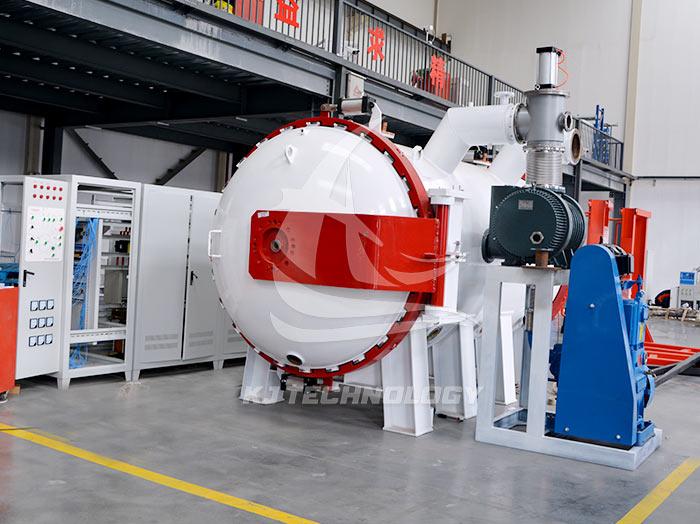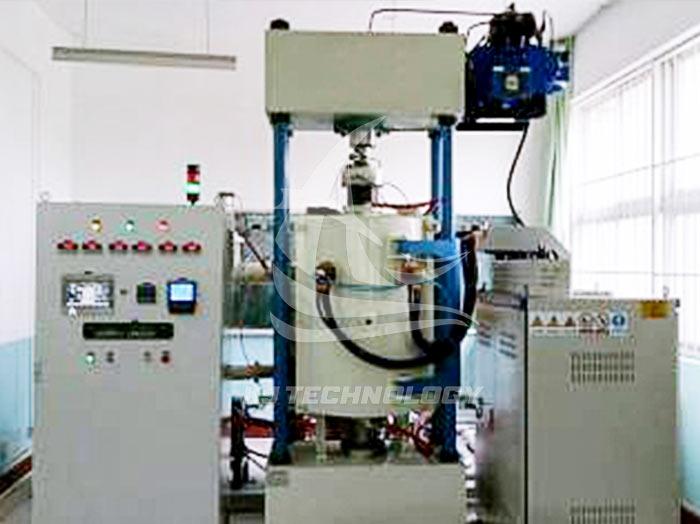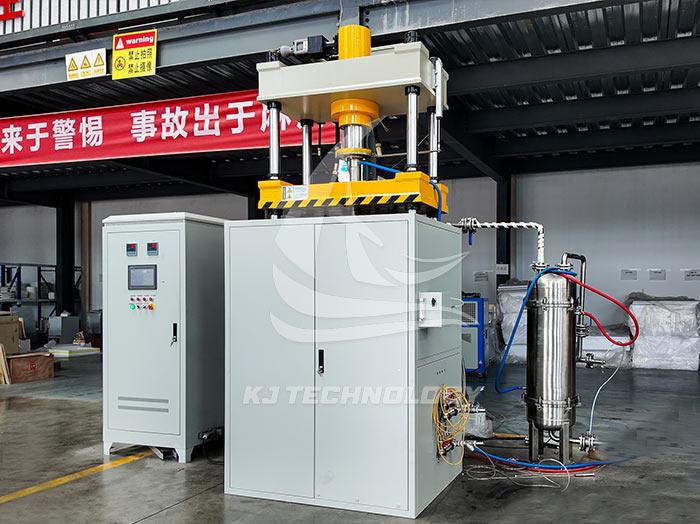How to choose the temperature for customized vacuum annealing furnace?
 06-18-2025 Author: KJ technology
06-18-2025 Author: KJ technology
When customizing a vacuum annealing furnace, temperature selection needs to consider multiple factors comprehensively. The following are specific points:
1. Clarify the type of heat treatment process: Annealing is usually used to reduce material hardness, improve plasticity, and facilitate processing. Its temperature is generally below the recrystallization temperature of the material; The purpose of tempering is to eliminate residual stresses inside the quenched workpiece, reduce its brittleness, and improve its plasticity and toughness; Heat treatment changes the internal microstructure or surface chemical composition of metal materials through heating, insulation, and cooling steps, thereby endowing or improving the performance of metal materials. Different types of processes have different temperature requirements, and the temperature range needs to be determined based on the specific process.
2. Reference material heat treatment specifications: Different materials have different heat treatment temperature ranges, such as carbon steel, alloy steel, stainless steel, etc., all of which have their specific heat treatment temperature ranges. There are usually corresponding heat treatment specifications or standards, which provide detailed parameters such as temperature range, insulation time, and cooling method for different materials under different heat treatment processes. When selecting the heat treatment temperature, these specifications or standards should be referred to first.
3. Consider the actual situation of the workpiece: Adjust the preliminarily determined heat treatment temperature range based on the material, size, shape, and technical requirements of the workpiece. For workpieces with complex shapes or large sizes, it may be necessary to use a graded preheating method to reduce temperature stress, avoid workpiece deformation and cracking.
4. Evaluate the performance of the vacuum furnace: Ensure that the selected heat treatment temperature is within the heating temperature range of the vacuum furnace, and consider factors such as temperature uniformity and heating speed. The heating temperature range of a vacuum furnace is one of its basic performance indicators, and temperature uniformity has a significant impact on the heat treatment effect. Therefore, a vacuum furnace with good temperature uniformity should be selected to ensure consistent heat treatment effects for all parts of the workpiece. The heating speed can also affect the heat treatment effect, and the appropriate heating speed should be selected according to the material and size of the workpiece.
5. Avoid excessively high temperatures: When selecting heat treatment temperatures, it is advisable to avoid choosing excessively high temperatures to reduce the deformation and cracking tendency of the workpiece.








